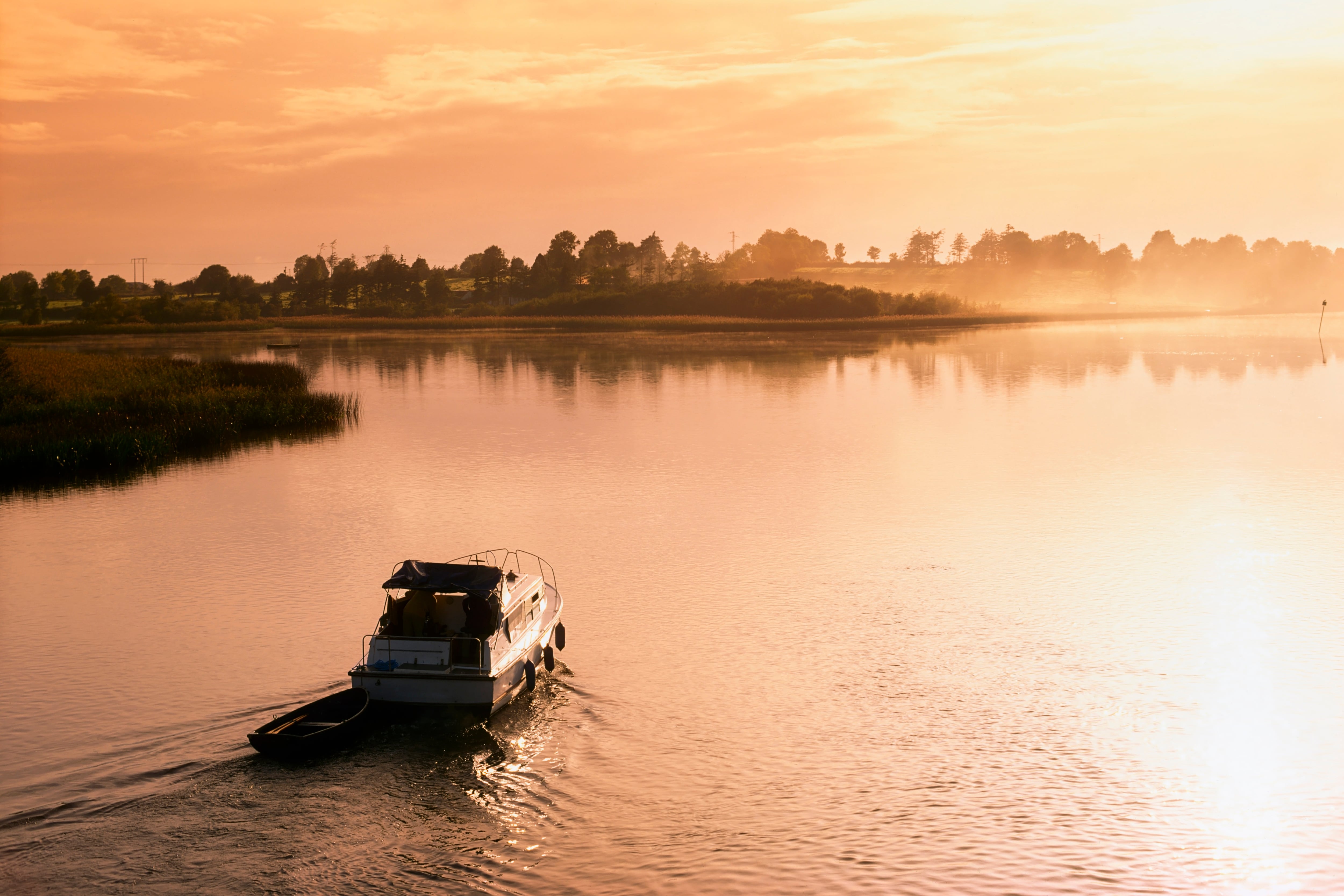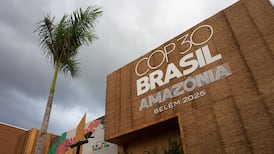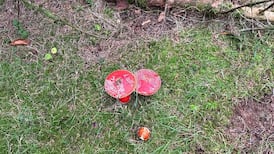As first encounters go, it turned into a faintly ridiculous scene. But in short: during the summer, I had a fight with a milk bottle lid and lost. The news of the EU law mandating tethered caps on plastic bottles had passed me by, so as I stood in my kitchen full of irritation and ineptitude as I tried to tackle a small plastic lid, it felt justified. Online, social media was bristling with annoyance; one guy posted that the new caps were “the worst thing to happen to humanity”.
What I needed to knock some sense into myself was a brisk walk on a beach with a volunteer named Rosemary Hill. For 37 years, Hill has combed the golden coastline near her south Kerry home, picking up plastic washed in from the Atlantic. She’s been doing it since she was a teenager, but the problem has dramatically escalated in recent times. As her bags are filled, waves of plastic land on the shore.
Hill recently found so much plastic pollution on Lohar Beach outside Waterville, that she was reduced to tears. It was as if a bomb had gone off: lengths of fishing nets, packaging, tiny plastic beads, broken fish boxes, endless plastic coffee pods, Lucozade bottles, tampon applicators and plastic straws were strewn everywhere.
In her bag are hundreds of small, dense plastic bottle caps. On St Finian’s Bay, she collects them all the time – they’re a “huge issue”, she says – along with the ribbed rings that attach them to the bottle. Single-use plastic bottles of water and fizzy drinks are everywhere.
READ MORE
Hill’s experience mirrors that of all those who voluntarily clean our beaches. Last summer I met a man on Fanore Beach in Clare who clears the beach daily from the plastic cluttering the shoreline. He told me it never stops coming in off the sea, and he collects 7kg of the stuff every day. The morning I met him, between the sand and the exposed fossil-rich limestone rocks, he had found lengths of turquoise and blue fishing ropes twisted around plastic bottles bearing faded Coca-Cola labels.
Much of what Hill finds has floated across from the US, such as discarded plastic shotgun ammunition cases and empty bottles of Gatorade. She once found a plastic buoy tagged with the address of a fisherman in Massachusetts; when she contacted him, his wife told her he had died. She asked Hill if she could post the buoy as a memento.
Entangled in the streams of plastic waste, Hill occasionally finds life. She once came across a gannet caught in a plastic net and was able to cut it free. But other days, she’s too late: she recently discovered three gannets tangled up in nets, long dead.
If Hill finds an intact dead seabird, she will bag it up and bring it to a lobster fisherman in Valentia, who has a large freezer where the birds can await collection by a marine biologist with ATU Galway. Dr Heidi Acampora has devoted her professional life to studying how plastic is sucking the life out of our oceans. She spent a few years in Australia examining dead seabirds; more than 80 per cent of them had plastics in their stomachs. She found a latex balloon and a plastic glow stick inside a short-tailed shearwater.
Is recycling the answer? Probably not, since plastic can’t be infinitely recycled. Recycled plastic is thought to pass more potentially harmful chemicals into its contents than newly made bottles
Around Ireland, Acampora gathers data on seabirds. Fulmars will eat a bit of everything – fish, crustaceans, squid, small cephalopods, whatever they find floating in the water. Oceans are awash with bits of plastic, such as bottle caps; over time these can acquire a seawater smell and birds are easily fooled into thinking they can eat it. Because fulmars don’t regurgitate food, with a stomach full of plastic they will soon die from starvation.
Acampora told me of a young gannet she found in Kerry, which had recently fledged the nest and was learning to feed on its own. It had been choked to death by a piece of plastic so big it was lodged in its oesophagus. She’s dissected fulmars with stomachs full of tiny pieces of styrofoam. Chemicals from plastic can leach into the organs, disrupting their nervous systems and hormones. It is, she told me, a “horrible sight to see”.
In Ireland, we generate the most plastic waste in the EU. Much of it is burned, dumping CO2 and air pollutants into the atmosphere, and we’re way off the target recycling rate of 55 per cent by 2030. Is recycling the answer? Probably not, since plastic can’t be infinitely recycled. Recycled plastic is thought to pass more potentially harmful chemicals into its contents than newly made bottles. Whether recycled or not, plastic enters our rivers and oceans.
Recycling plastic is better than nothing if it is in the system. What do Hill and Acampor think of the new tethered caps? “Brilliant.” “Definitely a good thing.” “Avoid plastic where you can,” says Acampor.
In my kitchen, I clean up the spilt milk. David Attenborough tells us we’re dumping eight million tonnes of plastic into the sea every year. Tethered caps are nothing – a baby step when we need to sprint a marathon to rid our oceans of the stuff. It’s the absolute minimum we can do.











